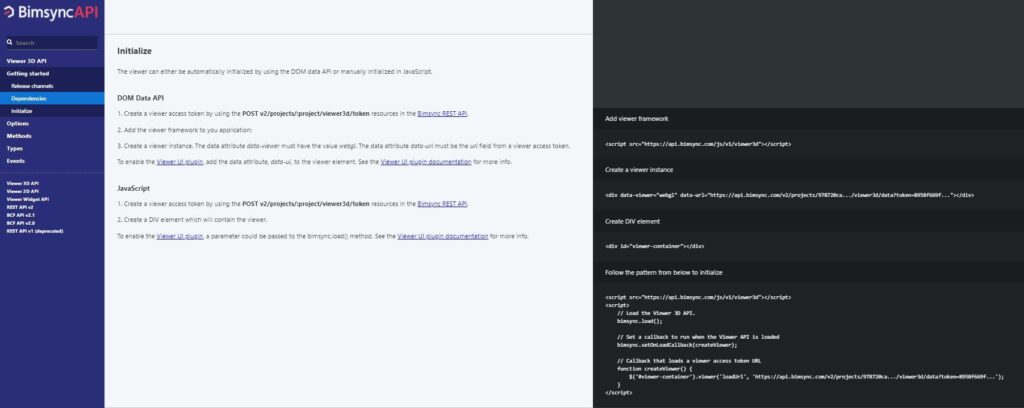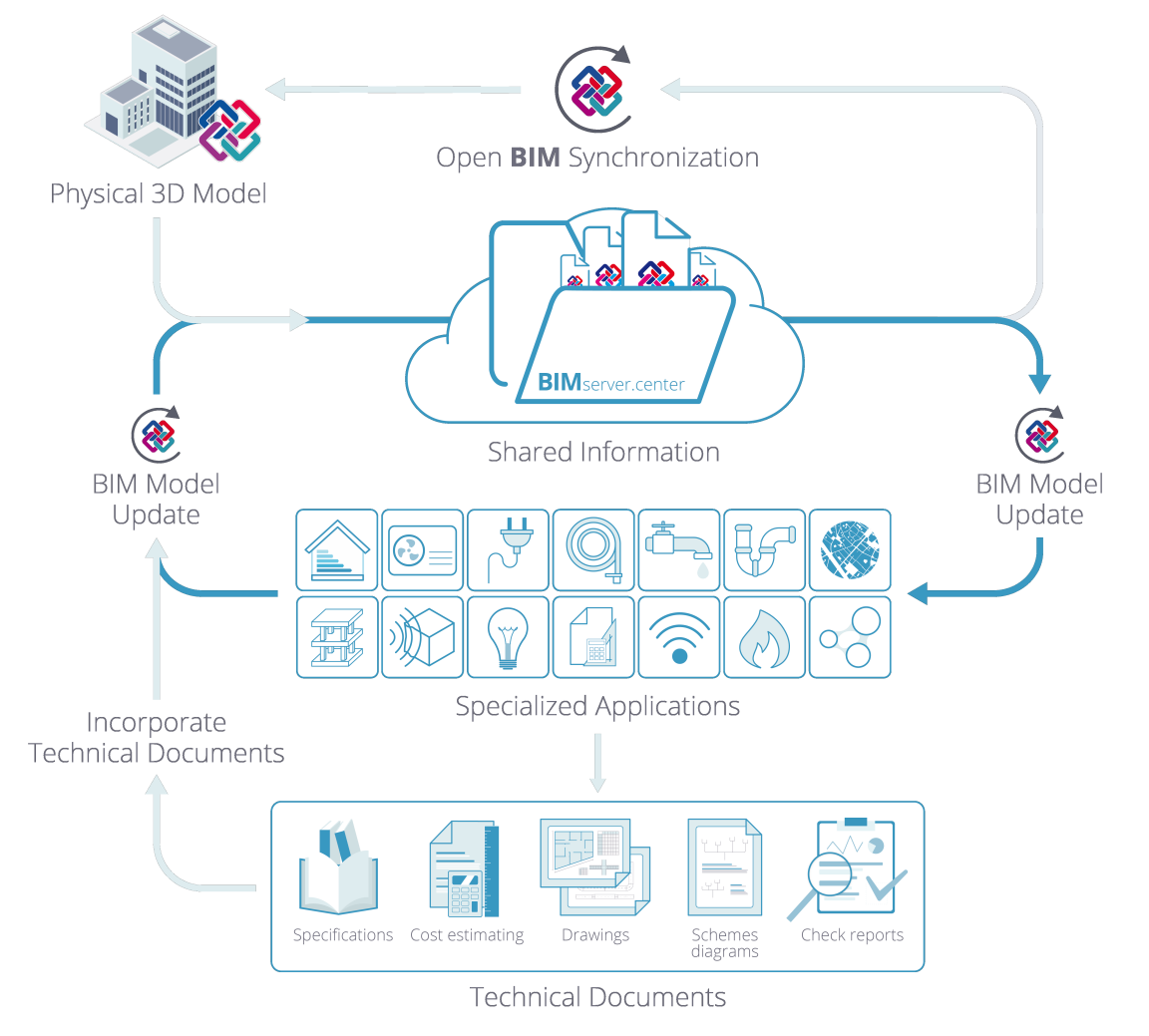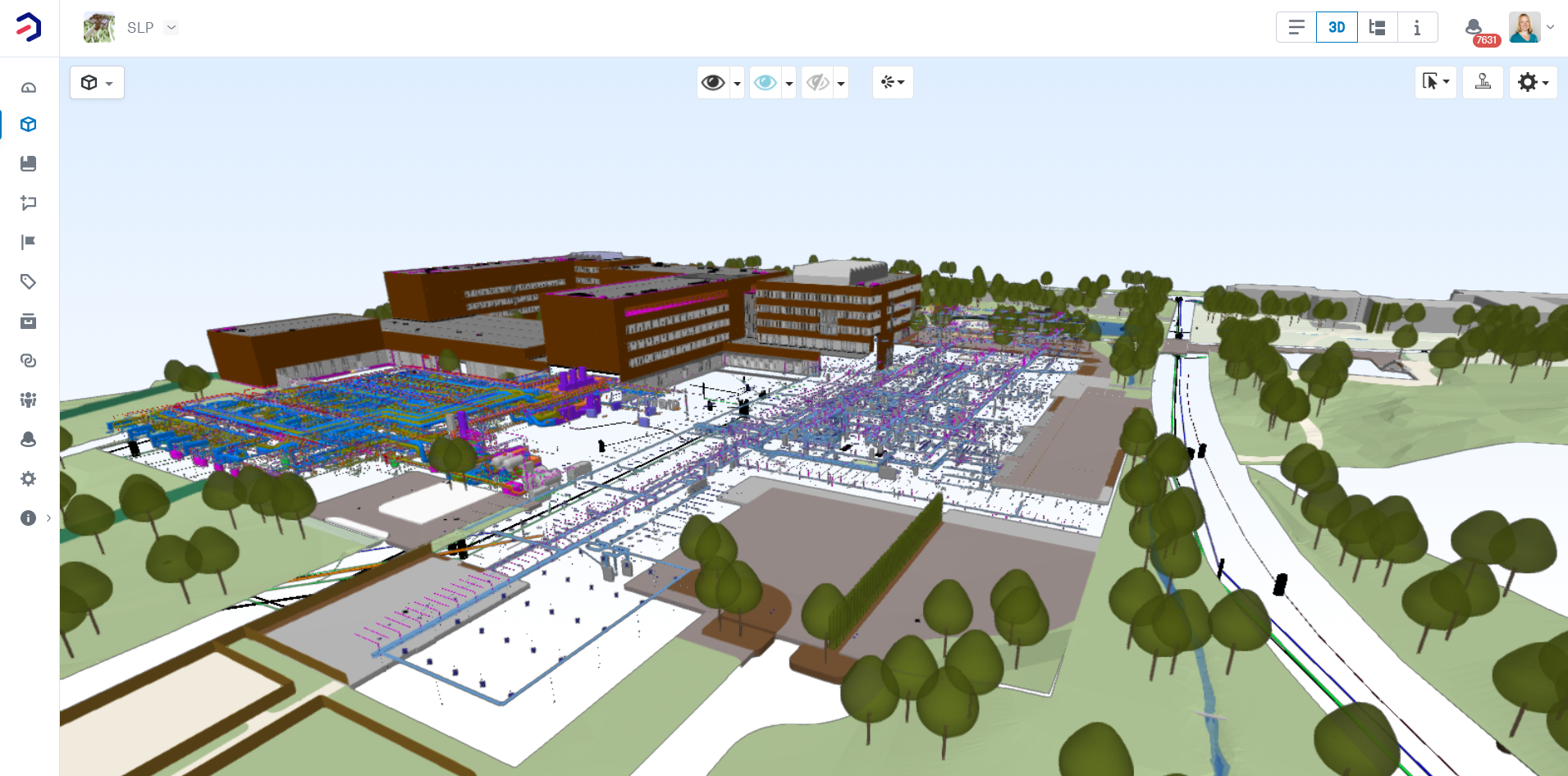In this digital era where there is a new innovative piece of software that sees the light every day, one can get overwhelmed. Although in our personal life this can seem attractive and fun, at a professional level it can be a real headache to choose the right tool or toolS. The construction industry is no exception to that trend when it comes to BIM (Building Information Modeling) or VDC (Virtual Design and Construction). Companies will prefer to buy the software that answers most of their pain-points but is that the way forward? Is it better to use one tool for everything or several connected tools?
Closed BIM and segmented systems
For the daily users of BIM software, this question might seem trivial: of course, it is not possible to only use one tool. In the same way, as a project team has several members, each with its field of expertise, each solution has its own specificities in order to deliver the desired outcome. And because there is such a variety of stakeholders, there cannot be only one construction software that can fit designers, site engineers, project managers, facility managers, quantity surveyors, etc.
For the decision-makers, this is not so easy. Some BIM software has a large panel of features and could sustain on its own. Those features might not be perfectly working, but they are good enough to keep going, and you have one less thing to research for. But ask yourself: will your team be able to work efficiently with those “good enough features”? Will this tool bring you enough return on investment? Having one BIM software that does a lot (closed BIM) means that the interface is getting more complex, and therefore there is a higher risk of it not getting adopted by its users and thus not bringing its full potential.
So having one software is not sustainable. After all, even a Swiss army knife can be painful to use! But having one software per use case that cannot easily extract or share information will be highly time-consuming. Let’s take the example of the project team again: Imagine you are a Project Manager with your Architect, MEP Engineer, and Structural Engineer. All of them stand in a room alone, without a window, so that they cannot see each other. As a PM, you need information from all to build the asset, so you visit them. Each time you close the door, new questions arise, so you need to do many back and forth before having your final solution. Wouldn’t it be simpler to have windows between the rooms so that they can exchange information? The principle of BIM is to counteract this segmentation in the construction industry; why wouldn’t it be the same with our software?

Open BIM and integrated systems
International organizations like buildingSMART are already working on making sure that there is a common language through the IFC (Industry Foundation Classes) and BCF (BIM Collaboration Format) standards. The language can be compared to what is happening when information is going through the window. But what about the window itself? How can we build it, and how can it be contextualized? That is where the software companies come in. They need to make sure that the tool they are developing can communicate with the outside world. Some software companies prefer developing solutions inside their own environment, which we call closed-BIM. But unlike other industries, such as Aerospace, in Construction, you deliver an evolving asset that a multitude of different persons will use. So we come back to our first deduction, i.e., there cannot be one software for all the stakeholders.
See: Open vs Closed-BIM article.
Several tools that can connect
Connection is the interesting underlying notion of the current topic. Having tools that can communicate, creating an ecosystem of powerful BIM software, no more time wasted on transferring your data or even transposing them. But as a user, how can you know that the software you are evaluating can be integrated into your current toolbox? Ask the provider if the solution has API (Application Programming Interface) and if they have examples of integration? An API is a set of functions and procedures allowing access to an application’s data (see: What is an API? article ). Open and well-documented API is the key to a sustainable BIM ecosystem. API can therefore be compared to the windows mentioned previously.

Some may worry about the overall cost of having plenty of tools. Indeed overhead and profits are getting as tight as projects are getting complex. But if you choose well, all of them will save time for your team and optimize your work processes and, therefore, your margin. If again compared to the project team: as a Director, weren’t you happy to invest in a Quantity Surveyor that handles all contracts so that your Site Engineer focuses on safety and progress on-site? In the same way, as each team member is bringing value, a powerful and communicative BIM software will.
The last point is that construction companies are getting more innovative and digitalized; BIM developers are now hired to meet the challenges ahead of the industry. The latter need other tools than just software. They also need data and lines of codes so they can optimize repetitive tasks amongst the rest of the team. API is the solution they are looking for. API will allow them to help other members of the team but also to be creative and develop beyond what is readily available to the rest of the market.

Our segmented industry (AECO industry) is slowly shifting towards technology thanks to the notion and BIM standardization. The common language has already been developed quite well. The question now is, do you want to stay in a segmented ecosystem of software, or do you want to push software companies to open their solutions so that you can have a seamless flow of data?
Openness is a core value at Catenda; that is one of the reasons why our product Catenda Hub (previously Bimsync) is based on open BIM and on open APIs, with the complete documentation available on our website. We, at Catenda, believe in being part of a larger ecosystem by integrating with other software, such as VRex or FusionLive. We also believe that our clients should be the sole owner of their data and allow them to access data using our API. Having this flexibility is what makes us unique because, on top of being a simple and powerful platform, we allow clients to build extra layers based on their needs.
If you want to learn more about VDC, check out this article
Bianca Giorsetti, Regional Manager French Speaking Countries at Catenda.




